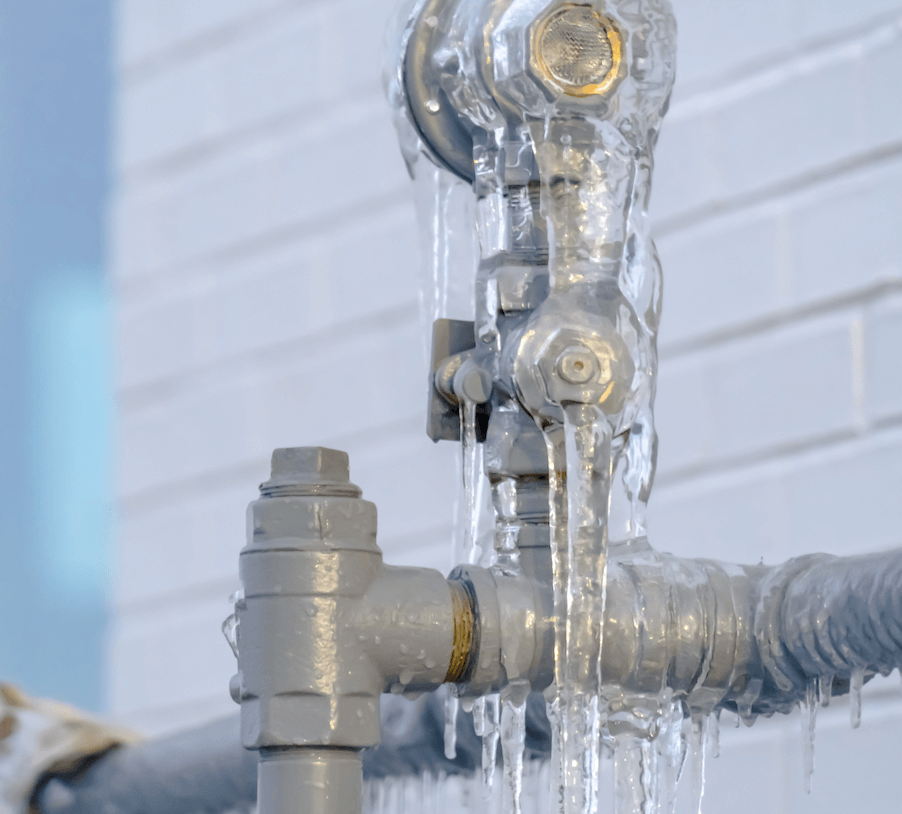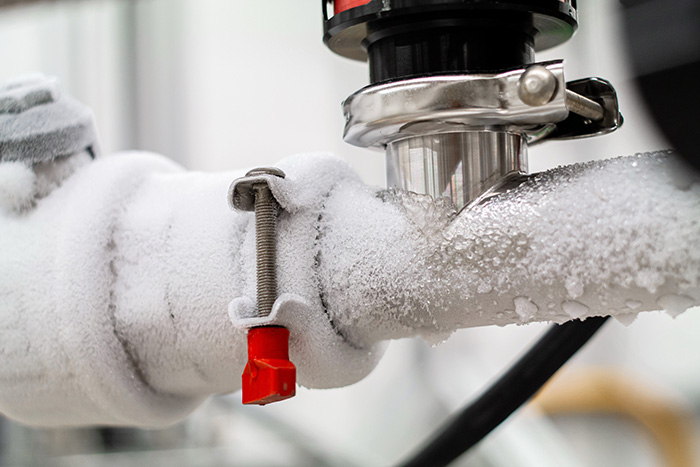Protecting Against Frozen Pipes in Winter: Essential Tips
Protecting Against Frozen Pipes in Winter: Essential Tips
Blog Article
In this article down the page you might get more first-rate facts concerning Helpful Tips to Prevent Frozen Pipes this Winter.

Winter can wreak havoc on your pipes, particularly by freezing pipes. Right here's just how to prevent it from occurring and what to do if it does.
Intro
As temperatures drop, the danger of frozen pipelines increases, potentially bring about pricey repairs and water damage. Comprehending just how to avoid icy pipes is essential for property owners in cool environments.
Prevention Tips
Shielding susceptible pipes
Wrap pipelines in insulation sleeves or use warmth tape to protect them from freezing temperatures. Concentrate on pipes in unheated or external locations of the home.
Heating methods
Keep interior spaces adequately heated, particularly locations with pipes. Open cabinet doors to permit warm air to circulate around pipelines under sinks.
Just how to identify icy pipelines
Try to find reduced water circulation from faucets, uncommon smells or noises from pipelines, and noticeable frost on exposed pipelines.
Long-Term Solutions
Structural changes
Take into consideration rerouting pipelines far from outside wall surfaces or unheated areas. Include added insulation to attic rooms, basements, and crawl spaces.
Upgrading insulation
Invest in top notch insulation for pipes, attic rooms, and walls. Correct insulation aids keep regular temperature levels and minimizes the danger of frozen pipelines.
Shielding Exterior Plumbing
Yard hoses and exterior taps
Detach and drain pipes garden hoses prior to winter season. Set up frost-proof spigots or cover exterior faucets with protected caps.
Comprehending Frozen Pipes
What causes pipes to freeze?
Pipes freeze when revealed to temperature levels below 32 ° F (0 ° C) for prolonged periods. As water inside the pipes freezes, it broadens, taxing the pipeline walls and potentially triggering them to break.
Threats and damages
Frozen pipes can cause water disruptions, property damage, and expensive repairs. Burst pipes can flood homes and create considerable architectural damages.
Indicators of Frozen Water Lines
Identifying icy pipelines early can stop them from rupturing.
What to Do If Your Pipes Freeze
Immediate actions to take
If you believe icy pipes, keep taps available to alleviate pressure as the ice thaws. Utilize a hairdryer or towels soaked in warm water to thaw pipes gradually.
Verdict
Stopping frozen pipelines needs proactive procedures and quick actions. By understanding the reasons, signs, and safety nets, homeowners can secure their pipes during winter.
5 Ways to Prevent Frozen Pipes
Drain Outdoor Faucets and Disconnect Hoses
First, close the shut-off valve that controls the flow of water in the pipe to your outdoor faucet. Then, head outside to disconnect and drain your hose and open the outdoor faucet to allow the water to completely drain out of the line. Turn off the faucet when done. Finally, head back to the shut-off valve and drain the remaining water inside the pipe into a bucket or container. Additionally, if you have a home irrigation system, you should consider hiring an expert to clear the system of water each year.
Insulate Pipes
One of the best and most cost-effective methods for preventing frozen water pipes is to wrap your pipes with insulation. This is especially important for areas in your home that aren’t exposed to heat, such as an attic. We suggest using foam sleeves, which can typically be found at your local hardware store.
Keep Heat Running at 65
Your pipes are located inside your walls, and the temperature there is much colder than the rest of the house. To prevent your pipes from freezing, The Insurance Information Institute suggests that you keep your home heated to at least 65 degrees, even when traveling. You may want to invest in smart devices that can keep an eye on the temperature in your home while you’re away.
Leave Water Dripping
Moving water — even a small trickle — can prevent ice from forming inside your pipes. When freezing temps are imminent, start a drip of water from all faucets that serve exposed pipes. Leaving a few faucets running will also help relieve pressure inside the pipes and help prevent a rupture if the water inside freezes.
Open Cupboard Doors
Warm your kitchen and bathroom pipes by opening cupboards and vanities. You should also leave your interior doors ajar to help warm air circulate evenly throughout your home.

I discovered that article about 6 Ways to Prevent Frozen Pipes while doing a search on the internet. Those who appreciated our page plz do not forget to pass it around. I praise you for being here. Please come visit our website back soon.
Call Today Report this page